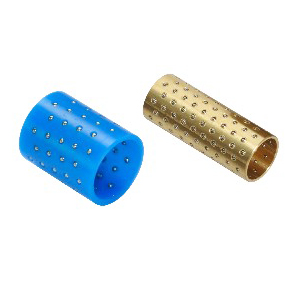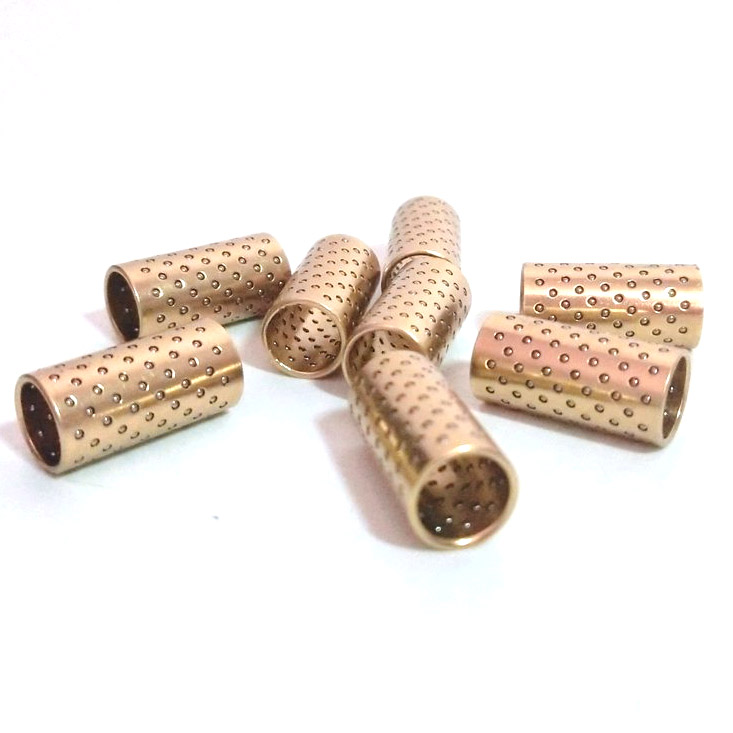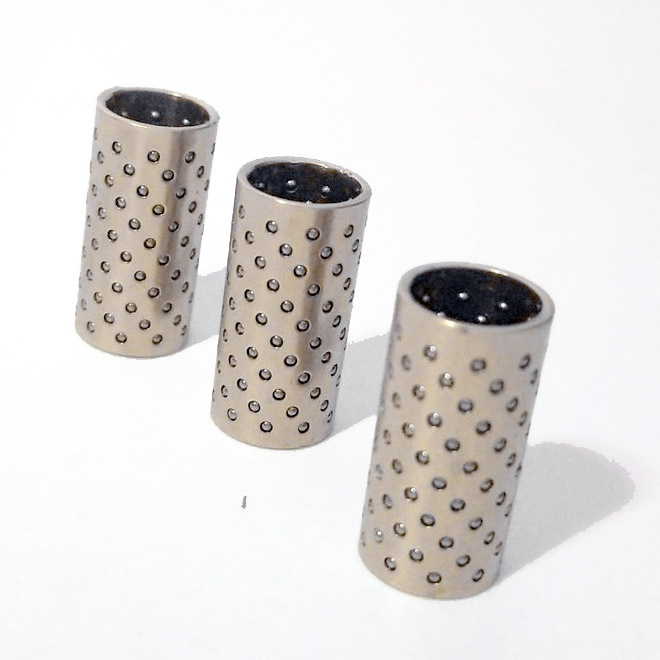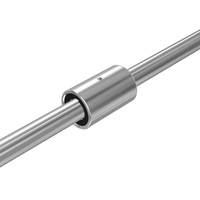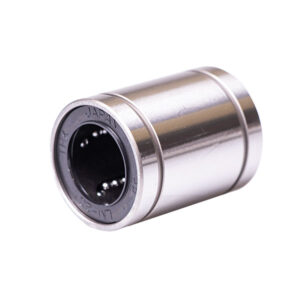Ball cage bush
Ball Cage Bushes come in a choice of copper, aluminum, and plastic materials. They are precision roller bearing components known for their low friction, extended lifespan, high precision, and adaptability to various motion types. These next-generation bearings find extensive applications in cold impact molds and high-precision machine tools.
Gunri offers a diverse range of Ball Cage Bushes to suit your specific requirements, available in two main types: spiral array and straight-line array.
Description
Ball cage bush detail??


Ball Cage Bushes offer material flexibility, allowing you to select from copper, aluminum, or plastic based on your specific requirements. These roller bearing components are engineered for precision and boast several key features:
- Low Friction: These bearings provide efficient operation with a low coefficient of friction.
- Long Lifespan: They are durable, offering an extended service life for prolonged use.
- High Precision: Ball Cage Bushes excel in delivering precise movement, catering to various motion types, including linear and spiral motions.
- Adaptability: They respond quickly to fast movements when needed.
The innovative generation of roller bearings features an orderly arrangement of rollers. The retention technique has been enhanced to prevent roller dislodgment, ensuring robust performance. Thanks to their low friction characteristics, these bearings offer unrestricted movement both radially and axially, maintaining exceptional precision.
Notably, these roller bearings are designed for high-speed rolling applications and are widely applied in fields such as cold impact molds, high-precision machine tools, and their accessories.
Gunri takes pride in offering a diverse range of Ball Cage Bushes, available in two primary types: spiral array and straight-line array, tailored to your specific needs and material preferences.

